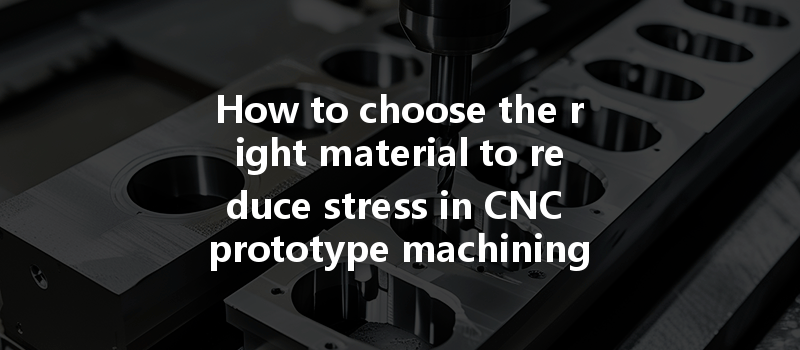Opening
Did you know that up to 50% of production issues in CNC machining stem from material selection? The choice of material in CNC prototype machining is not just a minor detail; it can significantly impact the performance, durability, and overall success of the final product. In industries where precision and reliability are paramount, understanding how to select the right materials becomes a vital skill for engineers and manufacturers. But how does one go about minimizing stress in the CNC prototype machining process through material selection?
In this blog, we’ll explore the crucial factors to consider, the implications of material properties, and actionable solutions to effectively reduce stress in CNC machining. Let’s delve into the intricate world of materials, their properties, and how they can optimize your CNC machining processes.
Understanding Stress in CNC Machining
Before we dive into material selection, it’s essential to understand what ‘stress’ means in the context of CNC machining. Stress refers to the internal forces that develop when a material is subjected to external loads or forces. In CNC machining, these stresses can lead to warping, dimensional inaccuracies, or even catastrophic failures of parts — all of which can derail projects and increase costs.
Several factors contribute to the occurrence of stress in CNC machining:
With this understanding, let’s examine how to choose the right materials to reduce these stresses effectively.
Key Factors in Material Selection
The selection of material begins with understanding its mechanical properties. Each material has unique attributes, including:
Selecting materials with the appropriate balance of these properties can help mitigate stress during machining.
Temperature variations during machining can significantly affect material performance, contributing to thermal stress:
When selecting materials, consider their thermal properties to ensure they will perform well under machining conditions.
Machinability refers to how easily a material can be machined to the desired specifications. Materials that offer good machinability will encounter less stress during machining due to:

Using machinable materials, such as certain aluminum alloys and steels, can lower the risks associated with stress and improve overall efficiency.
The internal structure of a material can impact stress distribution. High variability in material properties, such as inclusions or porosity, can lead to weak points that may fail under stress:
Always consider the material’s structure and consistency to avoid critical failures in a machined part.
Best Practices for Selecting Materials
Now that we’ve covered the factors to consider, let’s explore some best practices to follow when selecting materials that minimize stress in CNC prototyping:
Before starting a CNC machining project, conduct a comprehensive analysis of the required material properties based on:
Engage with material suppliers to gain insights into their offerings. Many suppliers provide extensive data on the machinability, thermal properties, and mechanical characteristics of their materials. Collaborating with suppliers can help you make more informed decisions and find innovative solutions to material challenges.
Prototyping is a crucial step in validating material choices. Machining test pieces out of selected materials can give you firsthand experience regarding performance, stress concentrations, and machining challenges. Always be prepared to iterate and adjust material choices based on testing outcomes.
While selecting the right material is crucial, it’s equally important to mitigate stresses induced by external factors:
Choosing the right material is a critical step in reducing stress in CNC prototype machining. By understanding the mechanical properties, thermal attributes, and machinability of potential materials, as well as leveraging best practices such as thorough analysis, supplier collaboration, prototyping, and stress mitigation strategies, machinists can enhance the performance and longevity of their products.
In summary, material selection is not just an initial step but an ongoing process of evaluation and adjustment throughout CNC machining projects. Taking the time to understand and implement these strategies can greatly affect the success of your machining endeavors.
Remember, the right material can transform your project, reducing costs, enhancing product quality, and leading to greater customer satisfaction. So next time you start a CNC machining project, think critically about your material choices and their implications on performance and stress.
This topic of material selection is more than just academic; it’s a fundamental issue that can redefine the way manufacturers operate in today’s competitive industries.






